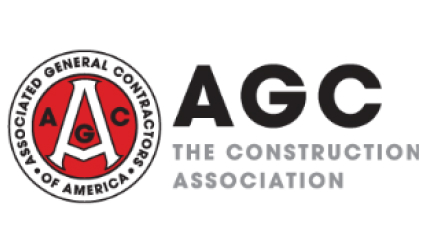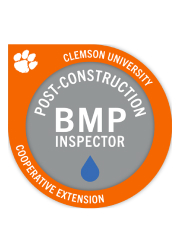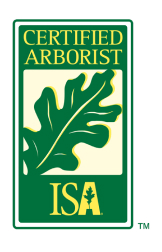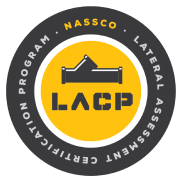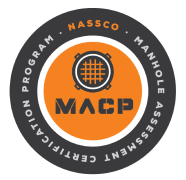Green Roofs
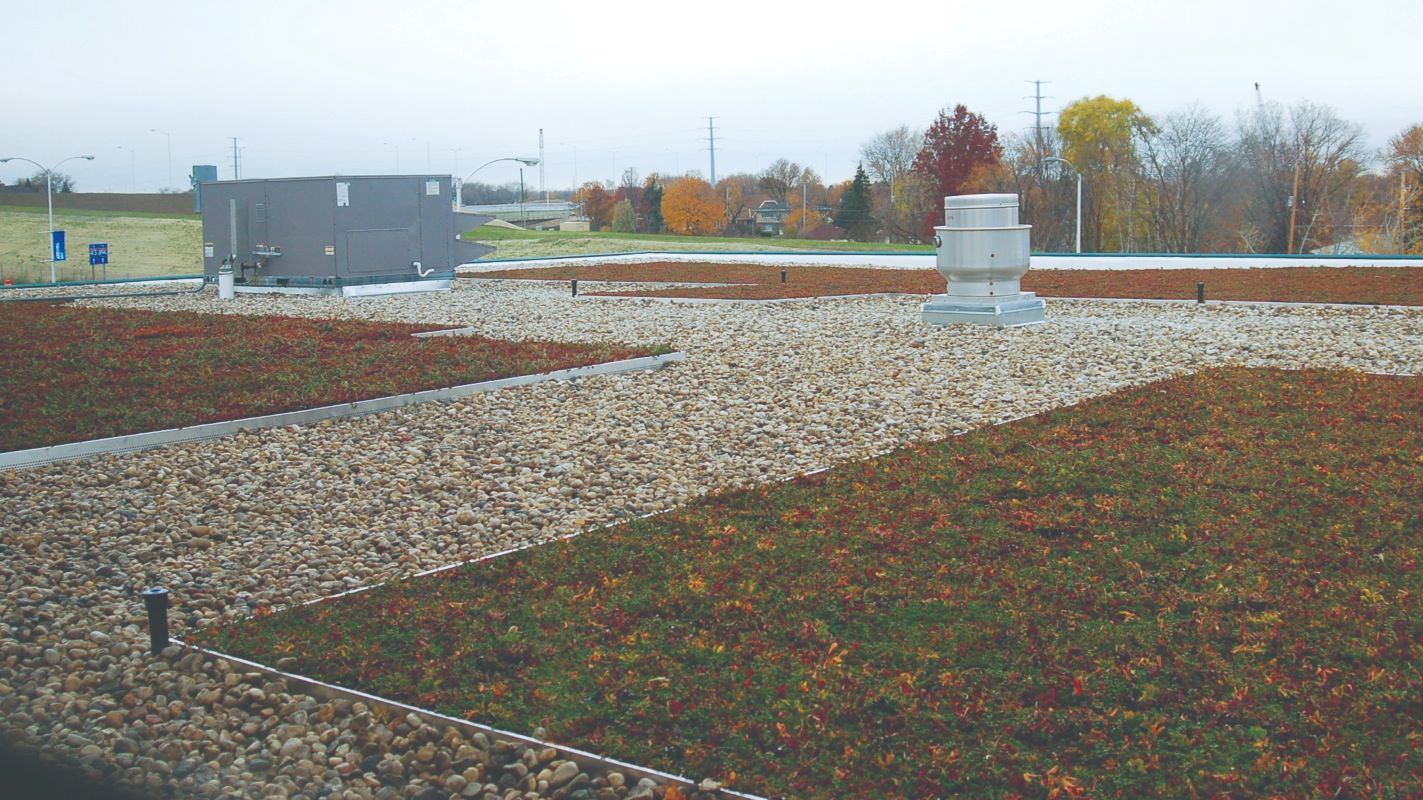
What is a Green Roof
A Green Roof is a layer of vegetation in a soil media with underlying barriers and drainage layers built on a rooftop. As a green stormwater infrastructure alternative to traditional roofs, green roofs incorporate areas traditionally underutilized for stormwater management, through capture, storage and evapotranspiration of stormwater, managing water where it lands. They are defined as “contained” green spaces as they exist separate from the ground.

Different Types of Green Roofs
Intensive: Intensive green roofs require regular maintenance and are much more diverse. These roofs mimic a city park and often include benches and trees. Additional structural support may be required as these systems can weigh more than 80 pounds per square foot. They are the most labor-intensive green roofs to maintain and may be used for farming practices.
Semi-Intensive: Semi-intensive green roofs may also have a variety of vegetation with small shrubs and ornamental grasses but will not contain trees. They function as a home for wildlife as well as stormwater treatment. Semi-intensive green roofs may require irrigation in more arid climates and areas with less regular rainfall and weigh around 35 pounds per square foot.
Extensive: Extensive green roofs are the lowest maintenance option. These roofs primarily function as stormwater capture and treatment, and have low growing vegetation. Herbs and succulents are common alternatives for grass since they have shallow root systems and are tolerant to harsher conditions. Extensive green roofs may not require structural additions to support their weight, as they are relatively light, 13 to 30 pounds per square foot. This green roof type is the least expensive to build and maintain, and is a good option for retrofitting existing roofs.
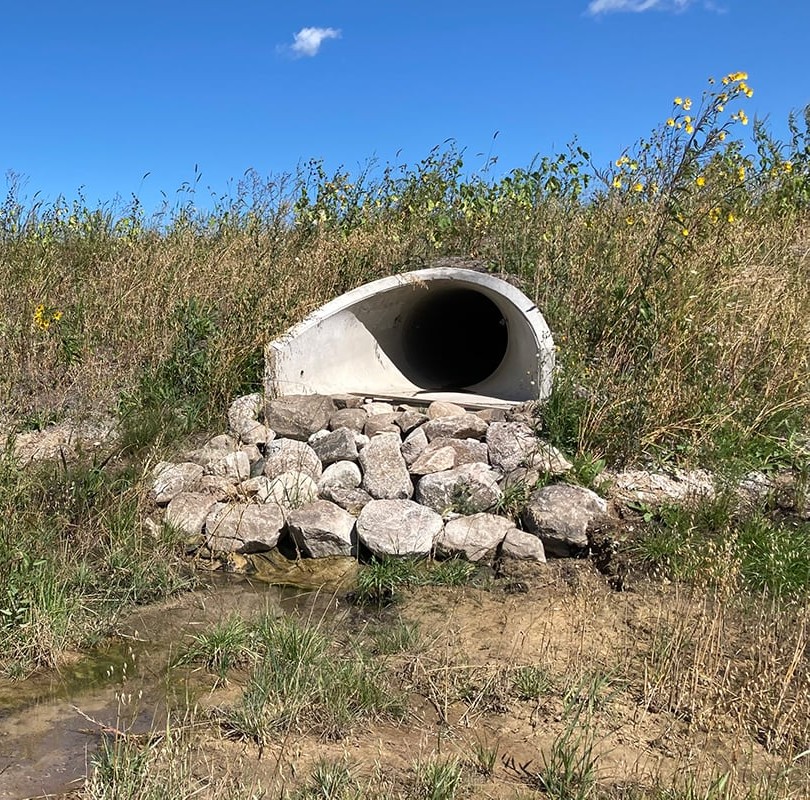
RSC naturally reduces suspended solids, nitrogen and phosphorus 50% more than a typical stormwater detention pond. RSC also creates a beneficial habitat for native birds, insects, pollinators and amphibians.
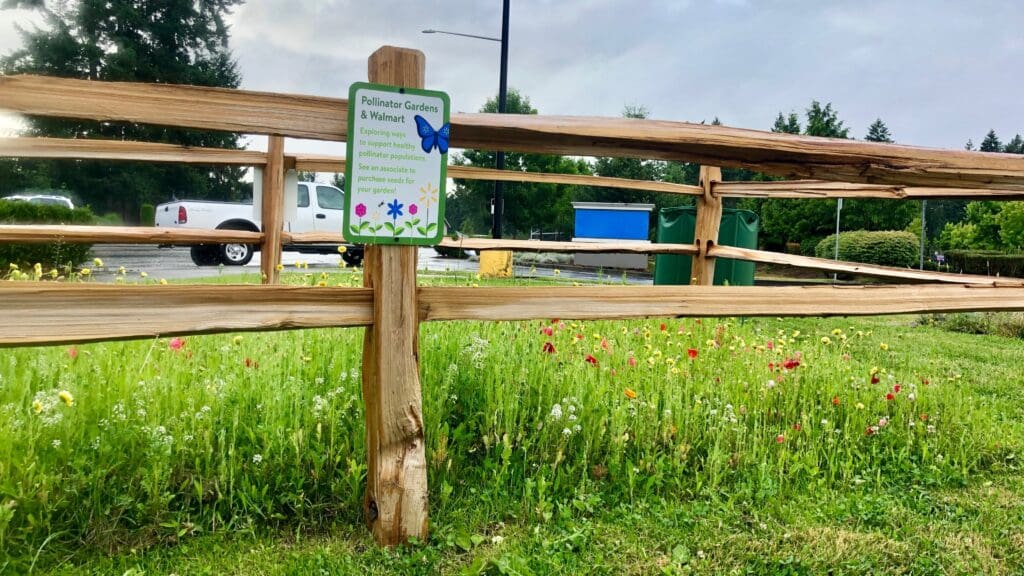
Learn more about designing a Regional or Watershed-wide Green Stormwater Infrastructure Plan to meet local or regional water quality and flood risk reduction goals, that ensure long-term considerations for maintenance.
Green Roof Benefits
Green Roofs have several benefits, both public and private. Green roofs provide water protection, water conservation, and stormwater quality benefits. Some of the benefits of green roofs include
- Efficient and effective pollutant and contaminant removal through infiltration
- Reduction of water runoff and stormwater volume control from development site
- Effective local flood control
- Flexibility in design layout and scale, which allows it to fit in most development sites with flat-roofed buildings
- Good option for retrofit of existing infrastructure
- Adds aesthetic appeal to the sites
- Effective use of existing impervious, unutilized land
Green Roof Plant Critera
Plants must have short root systems to prevent intrusive roots from damaging the roof or waterproofing elements. They must be extremely weather tolerant, as roofs get especially hot during summer days and exceptionally cold during winter nights. Green roofs do not contain much soil, allowing the entire soil substrate to dry out between infrequent rain events.
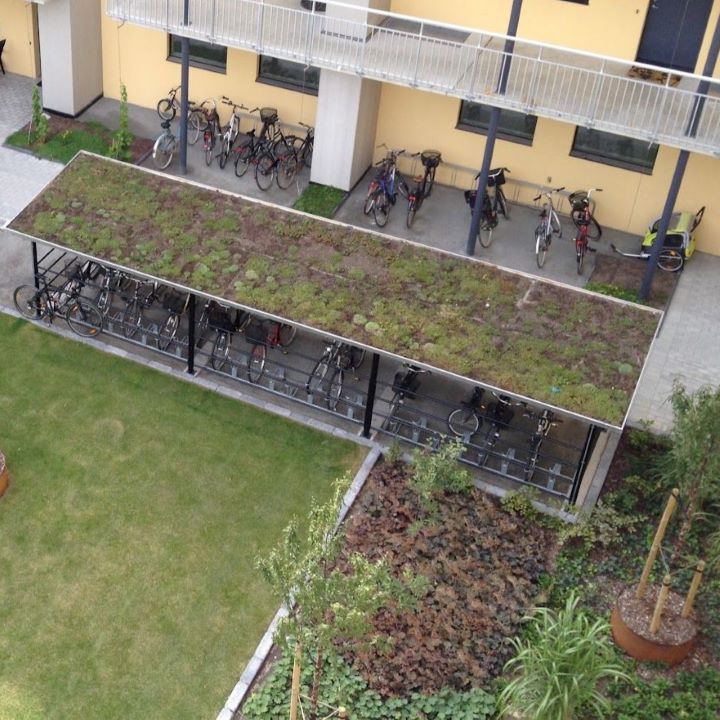
Properly Managing Stormwater
AQUALIS provides sand filter development, implementation and restoration beginning with a thorough site assessment to analyze existing conditions. Utilizing hydrologic calculations, our Engineering Services Division can best understand the water flow and movement before and after implementation. Working directly with local regulators, AQUALIS will ensure your project complies with local and federal regulations while securing funding. Following best practices, regular inspections and testing and developing a long-term Operations and maintenance agreement ensures your sand filter project properly manages stormwater for years to come.
Additional Green Infrastructure
An alternative stormwater control measure that closely emulates a naturally occurring wetland therefore improving our water bodies.
A vegetated channeled depression or trench that captures and infiltrates stormwater runoff before it enters a stormwater drainage system.
A type of bioretention that is best suited for smaller sites to treat stormwater runoff.
Zones located along river banks that provide important habitats for wildlife, limit erosion and help to mitigate flooding events.
An alternative to traditional asphalt or concrete, permeable or porous pavement materials are designed to allow water flow around them into a stone media, or through the pavement.
Media filtration systems used to treat stormwater runoff and improve water quality.
The design and use of plants native to the site location as a long-term sustainable solution to manage rainwater and stormwater runoff.
Applied to improve soil performance, increase water absorption to allow vegetation to develop a desirable deep and healthy root system, and mycorrhizal network development.
A series of bioretention step-pools designed atop a porous stone media bed, to convey, control and treat stormwater runoff while protecting site soils from erosion.
An operation and maintenance plan details the necessary training, management, budgeting and maintenance requirements to successfully operate GSI, vegetation and stormwater systems.
Implementing Green Infrastructure- Milwaukee, Wisc.
The stormwater runoff from the newly acquired maintenance building drained to the combined sewer without properly treating the stormwater runoff prior to discharging to Lake Michigan. Removing the discharge from the combined sewer and draining it directly to Lake Michigan aids to reduction in combined sewer overflows. Treating the stormwater also improves water quality in the lake.
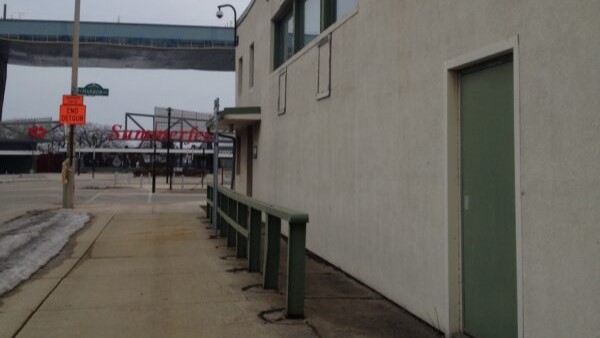

Did you receive an NOV? Have an urgent need? We can help.
Reach out to an AQUALIS representative today.




